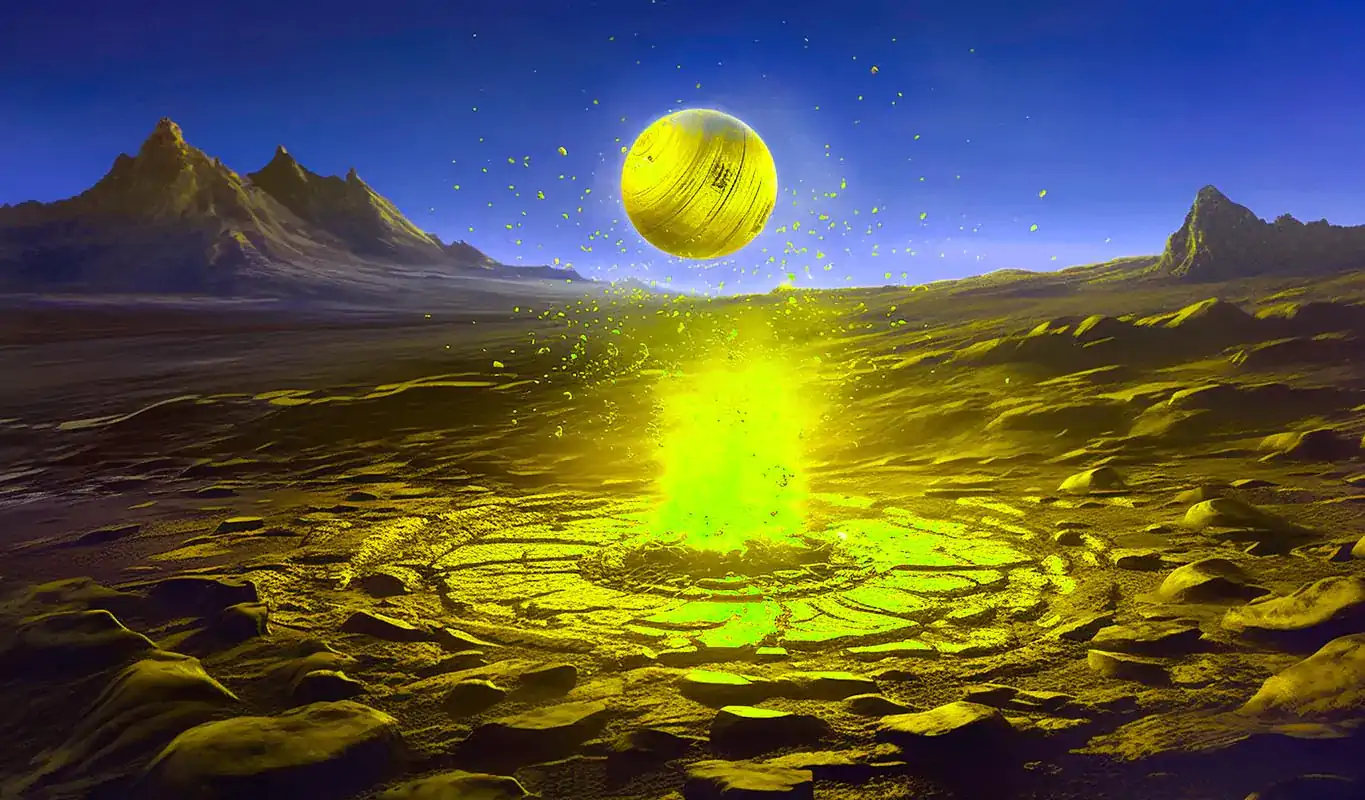On Friday, March 24, the sky will put on a spectacular light show of aurora borealis in some parts of the world.
The Northern Lights are typically seen closer to the Arctic Circle. But the Space Weather Prediction Center predicts that they will appear as far south as New York, Idaho, and even Washington.
If you are an aurora enthusiast and live in the aforementioned areas, now is the time to see the skies light up with splendid hues.
Solar wind coming from a giant hole
This dazzling sky show occurs when the sun emits a stream of electrically charged particles (solar wind) toward the Earth. The particles then interact with the molecules present in the upper atmosphere of the polar region. As a result, the sky paints a colorful picture.
The Northern Lights will be visible at more places on March 24, thanks to the Sun.
Recently, the Solar Dynamics Observatory of NASA spotted a black region of the sun known as the coronal hole from which powerful solar winds have been blowing outward. As a result, high-speed solar winds are expected to blow toward Earth. This will supercharge auroras, causing them to spread to higher elevations.
However, as the name implies, this isn't an actual "hole" in the solar surface. According to Insider, coronal holes are a normal part of the sun's activity. They are cooler in temperature, so they appear black, and they do not shine as brightly as other parts of the sun. The sun's upper atmosphere accelerates the flow of the charged-particle stream whenever these holes appear.
Possibility of moderate-level geomagnetic storm
We are currently in the midst of Solar Cycle 25, which is intensifying by the year. This 11-year activity cycle is expected to peak around 2025.
Since solar wind activity is expected to be powerful, there is also the chance of a "moderate" geomagnetic storm.
According to the NOAA forecasters, “G2-class (Moderate) geomagnetic storms are possible on March 24th when solar wind flowing from a large hole in the sun's atmosphere is expected to reach Earth.”
However, the storm will not harm the planet and its inhabitants. The majority of solar activity results in spectacular auroras and minor radio glitches. Several organizations, including NASA and NOAA, keep a constant eye on the Sun in case something goes wrong. Only the most powerful eruptions, such as coronal mass ejections, cause communication or electrical grid disruption.




 BlocksInform
BlocksInform










